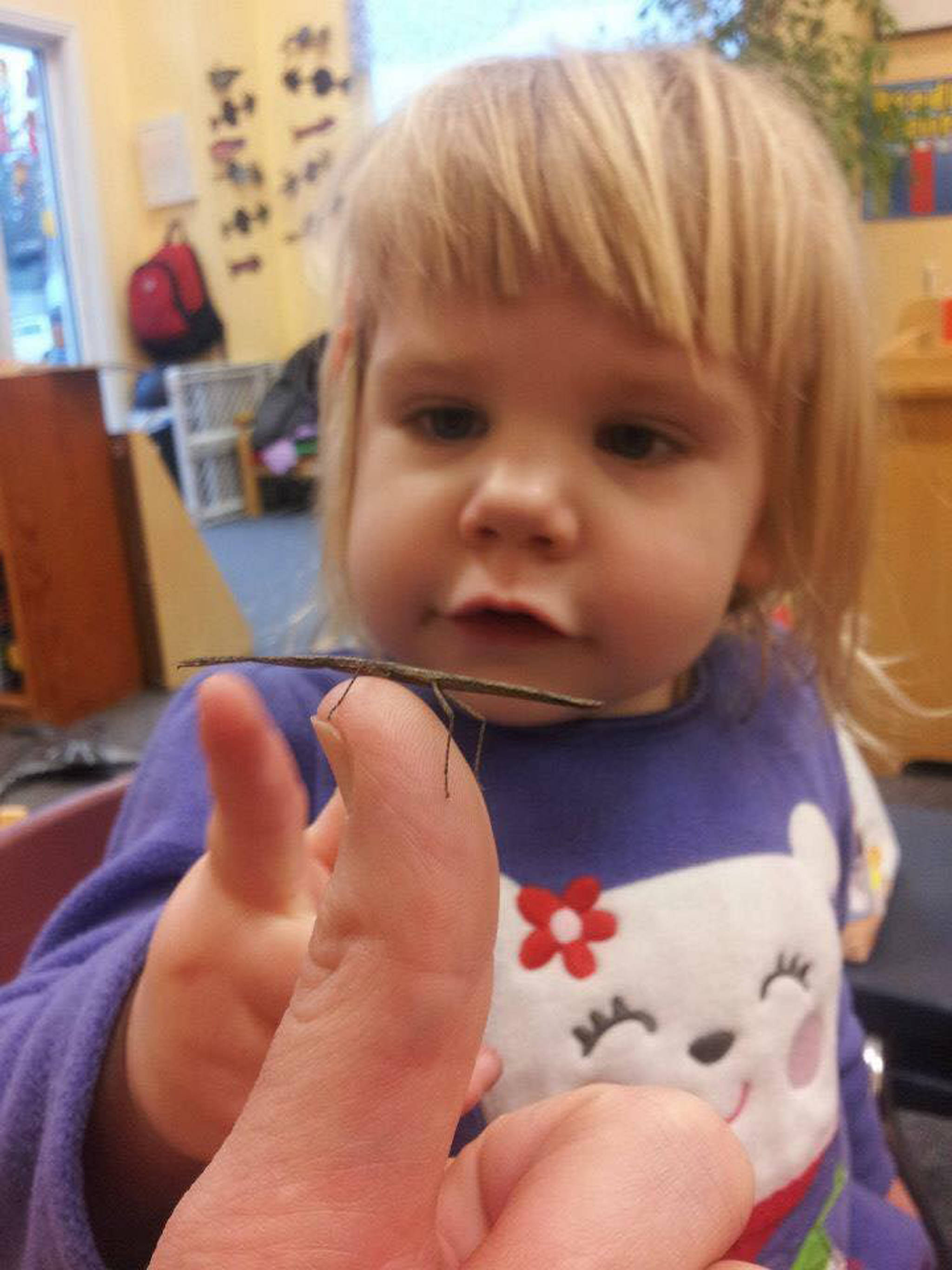Samantha Adams is a guest contributor to the Juneau STEM Coalition’s monthly STEM Column. Her views are her own and complement, but do not necessarily represent the views of the coalition. If you have a STEM education related topic you’d like to see addressed in this space, please email the coalition at juneaustemcoalition@gmail.com.
What does STEAM — STEM plus art — look like in the preschool setting? More accurately, what does STEAM look, smell, taste, feel and sound like in the preschool classroom?
Science
From birth to age 5, children fully immerse themselves in the discovery and understanding of their world through inquiry, utilizing their senses and previous experience, in the context of secure relationships, to answer the who, what, why, when, where and how behind all scientific inquiry.
There is a reason why young children ask so many questions. They are innately curious, born scientists, seeking to make sense of their world. Their exploration of materials and surroundings is certainly hands-on, but, even more often, entire “body-on,” while they are simultaneously navigating the development of social-emotional competency.
In a high quality pre-Kindergarten program, teachers are encouraging questions, helping children form theories and hypotheses, and providing a safe environment for exploration and experimentation. Classroom vocabulary and print rich environments help children to develop an understanding of scientific terminology. Outdoor experiences that put young children in touch with nature promote an understanding of the life sciences, geology, physics, oceanography and all of the other branches of science. Spider webs are geometric marvels of form and function (science, math and engineering) and children will stop along a trail to watch (observation) — much more closely than many adults — with wonder, awe and mild apprehension.
These opportunities also promote an understanding, for the child, of their place in the world and their role as stewards of the earth. Children are able to experience and develop an appreciation for the natural world.
Technology
The appropriate use of technology in the preschool classroom includes the use of devices and applications that supplement and support the child’s hands-on learning experiences.
Engineering
Block play, ramp building and dam design (building one themselves or watching beavers build one) are all examples of daily activities in a preschool classroom that promote the understanding of engineering concepts with young children. Children also learn persistence, problem solving and conservation of materials and resources.
Art
Discussion of a preschool classroom must include art, for every great preschool classroom provides opportunities for creative exploration that include art and music as fundamental to a child’s development. Integrating art and music into the exploration of traditionally cognitive pursuits (science, math, language and literacy) only serves to further the child’s understanding of all of the concepts as music is math, language is music and painting, drawing, sculpting, color mixing and collage (among many other art forms and techniques) are at the root scientific and mathematic endeavors for young children.
Math
Math is everywhere in the preschool classroom. Counting, sorting by size, recognizing shapes and patterns, developing number sense, understanding fractions (“I can cut my Play-Doh pie in half”), using tools that promote understanding of math concepts (rulers, scales, decks of cards, tape measures, crackers (“that cracker is a square, this one is a triangle”) … almost everything in the preschool classroom has mathematical meaning.
High quality pre-K programs recognize the children’s interests as a basis for further exploration and discovery and provide resources, tools and support to help further a child’s understanding of subject matter in all areas of cognitive, physical and social emotional development. Programs support young children and their families in maximizing learning opportunities and creating a supportive and enriching environment for healthy, whole child development.
• Samantha Adams is a preschool teacher at TLC Child Care and Preschool. STEM Corner is a monthly column about Science Technology Engineering and Math in Juneau, written by a rotating group of Juneau STEM Coalition members.

